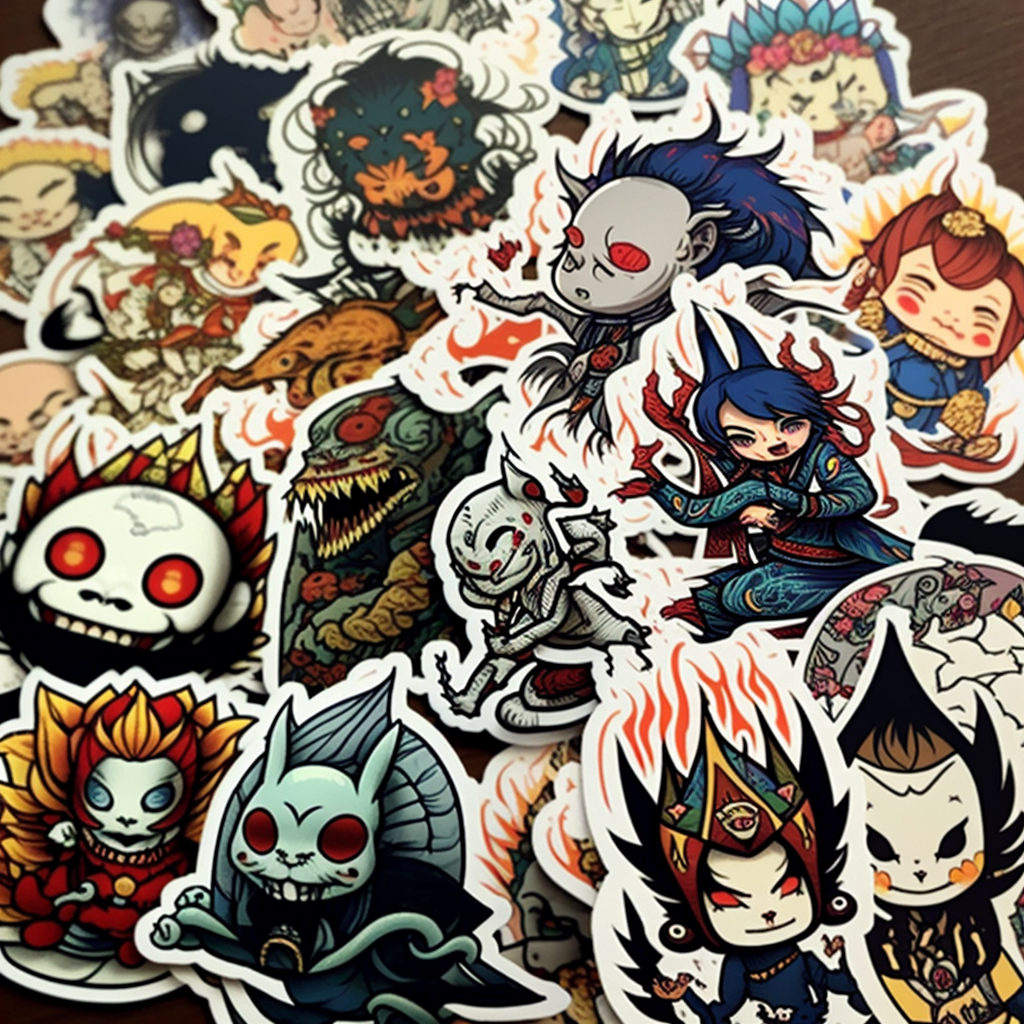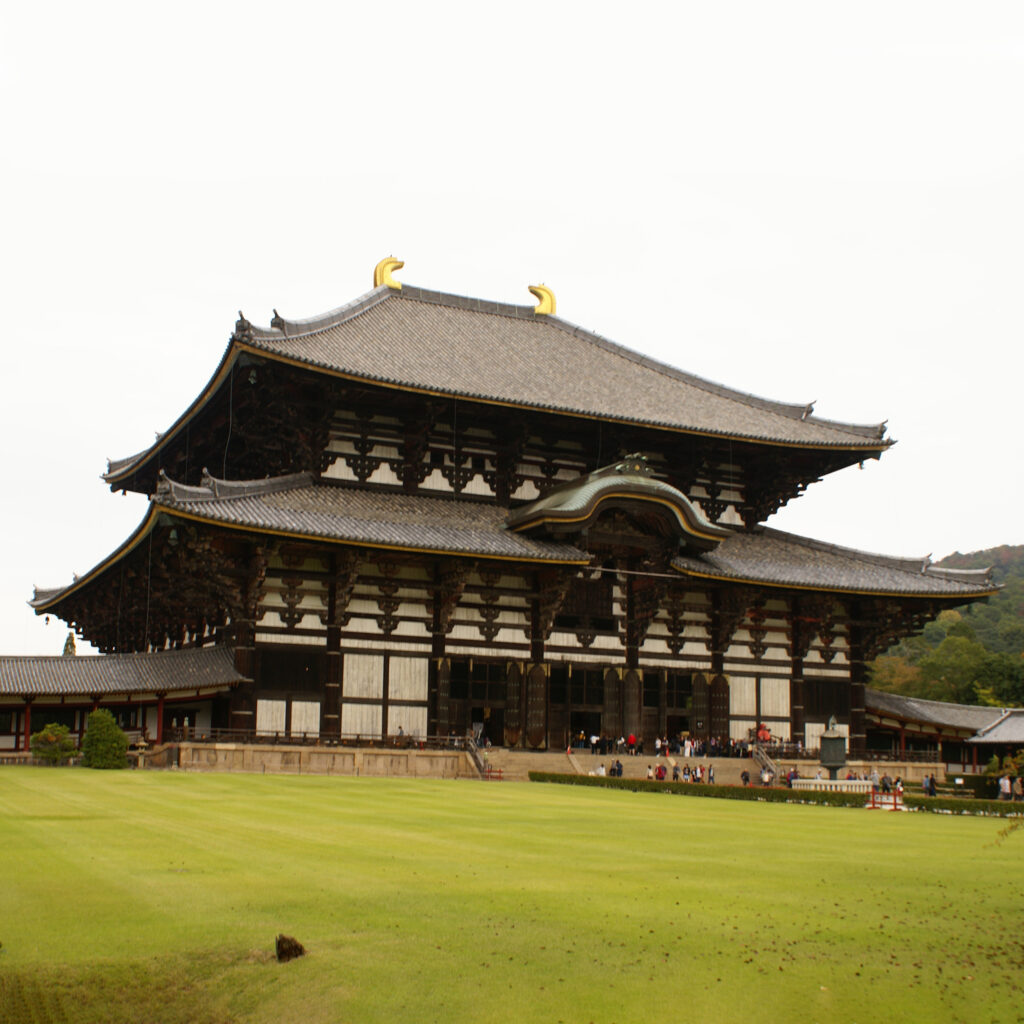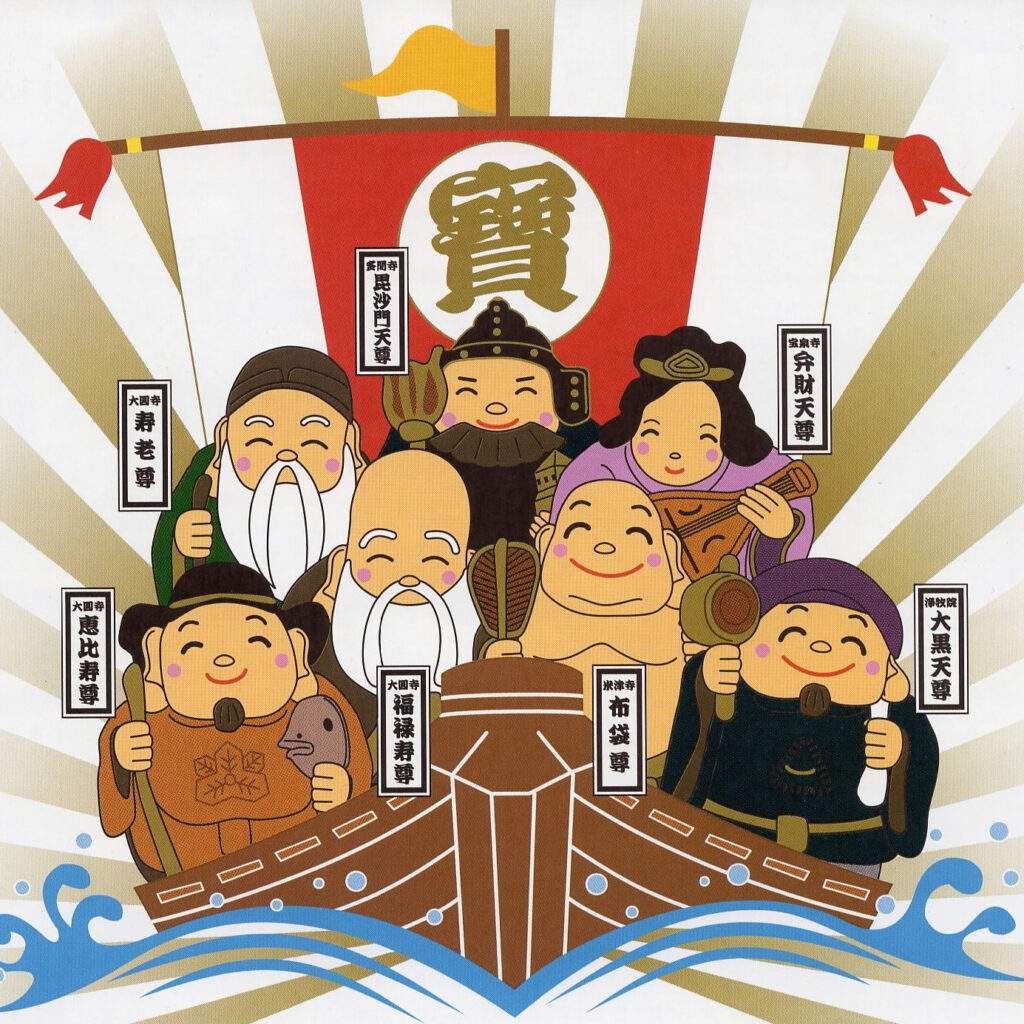Yokai are legendary creatures of Japanese folklore, often described as spirits or monsters that haunt abandoned places or remote locations. These supernatural beings have captured the imagination of the Japanese for centuries, and continue to fascinate people around the world today. In this article, we explore the mysterious and fascinating world of Japanese yokai.
Origins and beliefs
Yokai are an integral part of Japanese popular culture, dating back thousands of years. They were first mentioned in ancient Japanese tales and legends, which evolved over time into popular stories handed down from generation to generation.
Beliefs about yokai are often linked to Shinto and Buddhist religion, where these beings are seen as nature spirits who protect forests, mountains and waterways. Yokai are also associated with natural events such as storms and earthquakes, and are often seen as warnings or omens.
Characteristics and types of yokai
Yokai take many different forms, from monstrous creatures to benevolent spirits. They can have strange and frightening appearances, such as the Kappa, a yokai that resembles a humanoid turtle with a duck’s beak and a water stain on its head, or the Tengu, a yokai with a prominent nose and bird’s wings. Other yokai, such as the Kitsune, resemble ordinary animals like foxes, but are endowed with magical powers.
Yokai are often classified into different types according to their characteristics and powers. For example, “Oni” yokai are fierce, malevolent demons, while “Kami” yokai are divine spirits who protect nature and humans. Yurei” yokai are ghosts who wander the world of the living, while “Tsukumogami” yokai are inanimate objects that come to life after being used for a long time.
Cultural influence
Yokai have had a major influence on Japanese culture, appearing in numerous works of art, literature and popular media. Ukiyo-e prints from the 18th and 19th centuries often depict yokai scenes, while contemporary Japanese novels and films continue to use yokai as a central theme.
Video games are also an area where yokai have a strong presence, with popular franchises such as “Yo-kai Watch” and “Onimusha” proving popular with gamers worldwide.
list of major Japanese Yokai
- Kappa: Kappa are humanoid turtle-like yokai, who live near water. They are often described as being very strong, but also very prankish and fond of playing tricks on humans.
- Tengu: Tengu are yokai resembling birds or crows, often depicted with very long noses. They are considered protectors of the mountains and are often associated with magical powers.
- Oni: Oni are demon-like yokai with red skin, horns, and sharp teeth. They are often seen as evil creatures, but can also be protective guardians.
- Kitsune: Kitsune are fox-like yokai considered to be intelligent and mischievous creatures. They are often associated with magic and can have up to nine tails.
- Tanuki: Tanuki are raccoon-like yokai, often depicted wearing a straw hat and a bottle of sake. They are known for their abilities to transform into inanimate objects and trick humans.
- Yuki-onna: Yuki-onna are black-haired, white-clothed female-like yokai, often described as snow spirits. They can be benevolent or evil creatures.
- Nekomata: Nekomata are cat-like yokai, often depicted with forked tails. They are considered evil creatures that cause trouble to humans.
- Kasa-obake: Kasa-obake are umbrella-like yokai with a single leg and a hanging tongue. They are considered pranksters rather than evil ones.
- Rokurokubi: Rokurokubi are human-like yokai, but with extendable necks that allow them to peer around corners and objects.
- Jorogumo: Jorogumo are spider-like yokai, often depicted as attractive women. They are known for their ability to transform into humans to seduce men.
- Bake-kujira: Bake-kujira are ghost whale-like yokai, often associated with bad omens and bad luck.
- Nue: The nue is a chimera-like yokai, with traits of several different animals, including monkey, snake, and tanuki. He is considered a messenger of the gods.
- Gashadokuro: Gashadokuro are giant skeleton-like yokai, often associated with death and natural disasters.
- Amanojaku: Amanojaku are demon-like yokai, often seen as evil spirits who like to cause trouble.
- Kijimuna: Kijimuna are little pixie-like yokai native to the island of Okinawa. They are considered benevolent spirits who like to play tricks on humans.
- Kamaitachi: Kamaitachi are weasel-like yokai, often depicted as evil spirits that cause injuries to humans with their claws.
- Shuten-doji: The Shuten-doji is a demon-like yokai, considered a king of the oni. It is often associated with stories of violence and brutality.
- Yama-uba: Yama-uba are yokai resembling elderly women living in the mountains. They are often described as benevolent spirits who help lost travelers.
- Kudan: The kudan is a yokai resembling a hybrid creature between a horse and a cow. It is often considered an omen of bad luck.
- Ubume: Ubume are female ghost-like yokai, often associated with death in childbirth. They are known to haunt the places where they died, seeking revenge or help for their baby.



